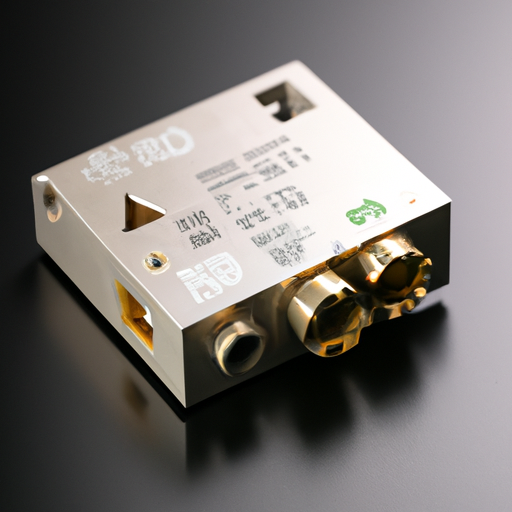Overview of UART (Universal Asynchronous Receiver Transmitter)
UART (Universal Asynchronous Receiver Transmitter) is a widely used hardware communication protocol that facilitates asynchronous serial communication between devices. It is particularly prevalent in embedded systems, microcontrollers, and various electronic devices for data transmission. The core functionalities of UART include:
| 1. Asynchronous Communication | UART operates without a clock signal for synchronization, which simplifies the design and enhances flexibility in various applications. |
| 2. Data Framing | Data is transmitted in frames, typically consisting of a start bit, a defined number of data bits, an optional parity bit for error checking, and one or more stop bits to signify the end of the transmission. |
| 3. Baud Rate | The baud rate defines the speed of data transmission, measured in symbols per second, which determines how quickly data can be sent and received. |
| 4. Full-Duplex Communication | UART supports simultaneous sending and receiving of data, allowing for efficient two-way communication between devices. |
| 1. Data Transmission Protocols | |
| 2. Error Detection and Correction | |
| 3. Power Management | |
| 4. Signal Integrity and Noise Reduction | |
| 5. Integration with Microcontrollers | |
| 1. Embedded Systems | |
| 2. IoT Devices | |
| 3. Robotics | |
| 4. Industrial Automation | |
| 5. Consumer Electronics |
Core Functional Technology Articles
Application Development Cases
Conclusion
UART remains a fundamental technology in the realm of serial communication, with a diverse range of applications across various industries. Its simplicity, flexibility, and effectiveness make it a preferred choice for many developers and engineers. By understanding the core functionalities and exploring application development cases, developers can leverage UART technology effectively in new projects, ensuring robust and efficient communication in their designs.






